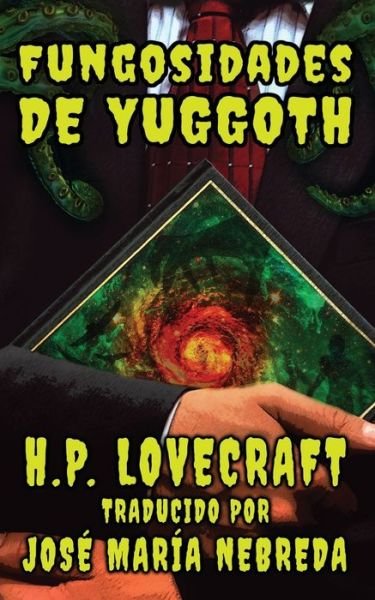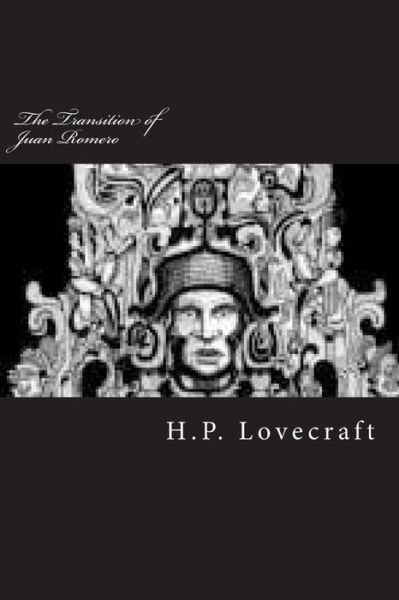
Tell your friends about this item:
At the Mountains of Madness
Howard Phillips Lovecraft
At the Mountains of Madness
Howard Phillips Lovecraft
At the Mountains of Madness is a novella by horror writer H. P. Lovecraft, written in February/March 1931 and rejected that year by Weird Tales editor Farnsworth Wright on the grounds of its length. It was originally serialized in the February, March, and April 1936 issues of Astounding Stories. It has been reproduced in numerous collections. The story details the events of a disastrous expedition to the Antarctic continent in September 1930, and what was found there by a group of explorers led by the narrator, Dr. William Dyer of Miskatonic University. Throughout the story, Dyer details a series of previously untold events in the hope of deterring another group of explorers who wish to return to the continent. The novella's title is derived from a line in "The Hashish Man," a short story by fantasy writer Edward Plunkett, Lord Dunsany: "And we came at last to those ivory hills that are named the Mountains of Madness..." The story has inadvertently popularized the concept of ancient astronauts, as well as Antarctica's place in the "ancient astronaut mythology." The story is told in a first-person perspective by the geologist William Dyer, a professor at Miskatonic University, in the hope to prevent an important and much publicized scientific expedition to Antarctica. Throughout the course of his explanation, Dyer relates how he led a group of scholars from Arkham's Miskatonic University on a previous expedition to Antarctica, during which they discovered ancient ruins and a dangerous secret, beyond a range of mountains higher than the Himalayas. In Dyer's story, a smaller advance group, led by Professor Lake, discovers the remains of fourteen prehistoric life-forms, previously unknown to science, and also unidentifiable as either plants or animals. Six of the specimens have been badly damaged, while another eight have been preserved in pristine condition. The specimens' stratum places them far too early on the geologic time scale for the features of the specimens to have evolved. Some fossils of Cambrian age show signs of the use of tools to carve a specimen for food. When the main expedition loses contact with Lake's party, Dyer and his colleagues investigate. Lake's camp is devastated, with the majority of men and dogs slaughtered, while a man named Gedney and one of the dogs are absent. Near the expedition's campsite, they find six star-shaped snow mounds with one specimen under each. They also discover that the better preserved life-forms have vanished, and that some form of dissection experiment has been done on both an unnamed man and a dog. The missing man is suspected of having gone utterly insane and having killed and mutilated all the others.
| Media | Books Paperback Book (Book with soft cover and glued back) |
| Released | June 16, 2017 |
| ISBN13 | 9781548161231 |
| Publishers | Createspace Independent Publishing Platf |
| Pages | 82 |
| Dimensions | 216 × 279 × 4 mm · 213 g |
| Language | English |
More by Howard Phillips Lovecraft
See all of Howard Phillips Lovecraft ( e.g. Paperback Book , Book , Hardcover Book , LP and VINYL )

 Christmas presents can be returned until 31 January
Christmas presents can be returned until 31 January




![Cover for Howard Phillips Lovecraft · The Call of Cthulhu (Paperback Book) [Annotated edition] (2021)](https://imusic.b-cdn.net/images/item/original/570/9798463015570.jpg?howard-phillips-lovecraft-2021-the-call-of-cthulhu-paperback-book&class=scaled&v=1633115133)
![Cover for Howard Phillips Lovecraft · The Haunter of the Dark (Paperback Book) [Annotated edition] (2021)](https://imusic.b-cdn.net/images/item/original/328/9798463034328.jpg?howard-phillips-lovecraft-2021-the-haunter-of-the-dark-paperback-book&class=scaled&v=1633115133)



























